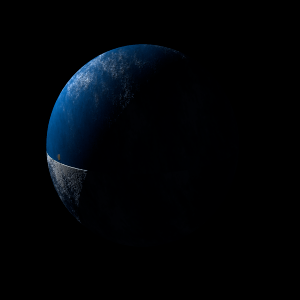|
|
Space Astro
|
Info for exoplanet "Lypban"
| Scientific (actual) data |
|---|
| Planet | K2-200 b |
| Planet status | Confirmed |
| Radius | 0.122 |
| Orbital period | 2.84988 |
| Inclination | 87.968 |
| Discovered | 2018 |
| Updated | 2021-02-05 |
| Tconj | 2457220 |
| Publication | Published in a refereed paper |
| Detection type | Primary Transit |
| Alternate names | 2MASS J13290038-0436367 b, EPIC 212828909 b, EPIC 212828909.01, WISE J132900.32-043636.3 b |
| Star name | K2-200 |
| Right ascension | 202.25° |
| Declination | -4.61° |
| Mag j | 10.877 |
| Mag h | 10.46 |
| Star distance | 185.09 |
| Star metallicity | -0.04 |
| Star mass | 0.86 |
| Star radius | 0.79 |
| Star temperature | 5233 |
| Star alternate names | 2MASS J13290038-0436367, EPIC 212828909, WISE J132900.32-043636.3 |
| Wikipedia article | K2-200 b |
Back
| |
| Fictional info (?) |
|---|
| Suggested name | Lypban |
| Planet type | Cold planet |
| The planet is named after the deity Lypban, the goddess of the underworld.
Lypban is a cold planet and is sometimes called Earth's "brother planet" because of their similar size, mass, proximity to K2-200, and bulk composition. It is radically different from Earth in other respects.
Wind speeds can reach 135 metres per second. |
| Atmosphere | Ethane | 62% |
| 2H2O | 35% |
| Molecular hydrogen | 1.5% |
| Methane | 0.03% |
| Atmospheric pressure | 1.7 bar |
 |
| Moon | Kapros | Huge almost round rocky moon |
| Google search for Lypban |
|
Website by Joachim Michaelis
|
|
|
|